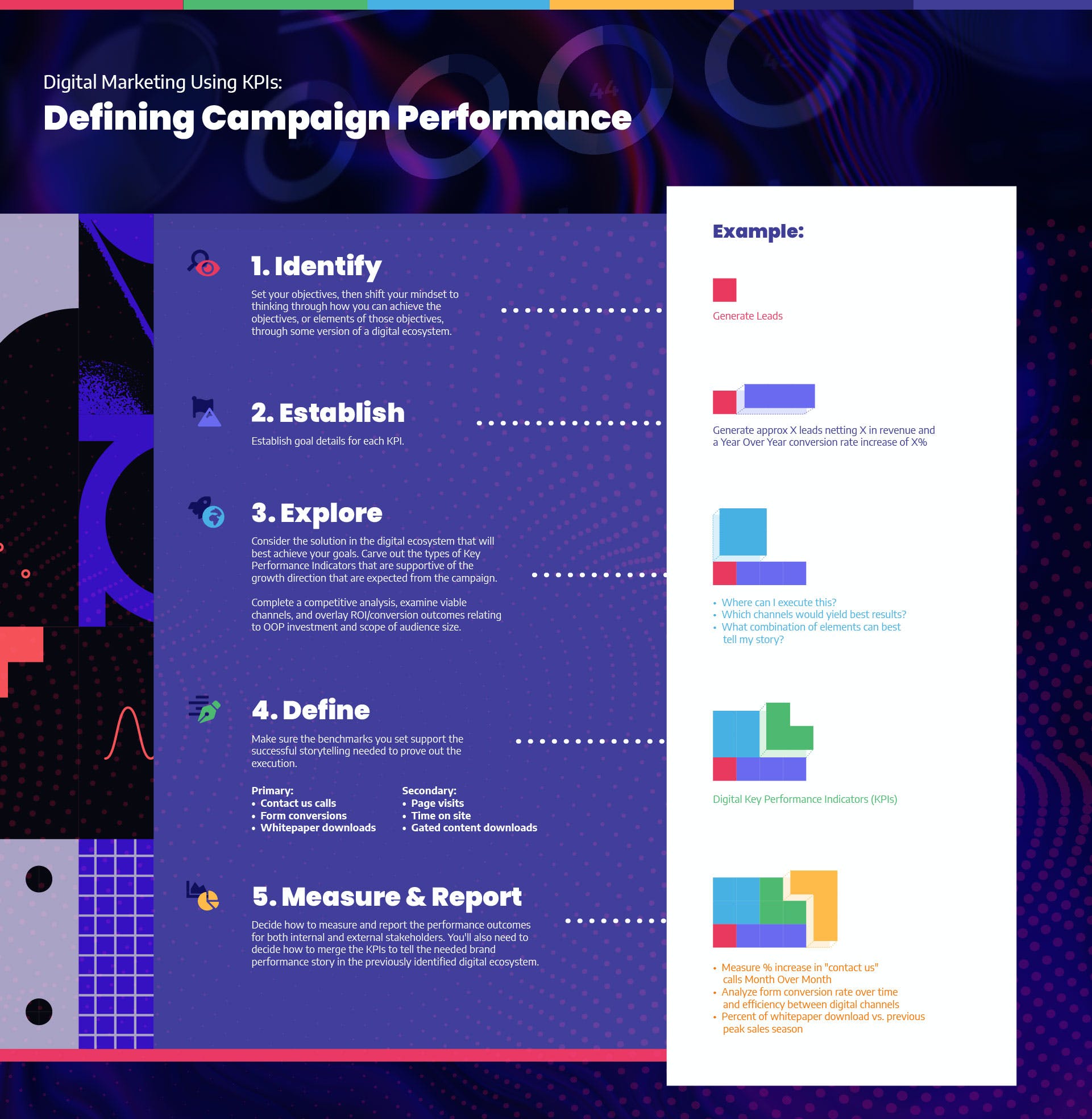
Digital marketers are charged with not only determining a marketing strategy for their clients but also (and most importantly) making sure that strategy is successful.
Determining success in marketing is a multifaceted experience. Digital marketers have to learn to merge business strategy with marketing objectives by executing efforts across various marketing channels and using marketing tactics to make those channels successful.
Digital marketers employ tactics like native advertising, contextual programming, digital PR, paid and organic social, content marketing, email marketing, and more to get their brands noticed.
After a campaign is launched you will find there is a succession of data and results that are initially available. When combined with the longevity factor, those initial results will expectedly evolve over time painting a much different picture of success as the campaign matures in market.
How then do you know if your methods are working? Is the campaign a success during month one? Month 6? Month 12? How did you set out to define that picture of success and how it evolves over the duration of the campaign?” Well, like any other project, you set goals and markers along the way toward that goal that you can measure.
In digital marketing, these markers are called Key Performance Indicators, or KPIs. KPI marketing involves using metrics that you set up at the beginning of a campaign and then measure along the way to determine whether a project was successful or not.
Although many digital marketers are familiar with KPIs, many struggle when trying to determine which ones matter, as every campaign is different. But we can help you learn how to focus your KPIs by taking into consideration your business objectives, the project’s solutions, how you can achieve them, which KPIs to measure, and how to measure them to ensure successful brand performance.
First off, consider your objectives for each project. There is no one-size-fits-all solution. However, three very common broad business objectives we see in our clients are to drive brand awareness, grow a service or product line, and generate leads.
Once you’ve set those objectives, you can then shift your mindset to thinking through how you can achieve the objectives, or elements of those objectives, through some version of a digital ecosystem.
Now that you’ve identified your key objectives and priorities, consider the solution in the digital ecosystem that will best achieve each goal. Then, carve out the types of Key Performance Indicators that are supportive of the growth direction that are expected from the campaign. Expect these to change from project to project.
This includes considering:
You’ve focused on the KPIs for your digital marketing strategy. Now take that one step further by defining benchmarks by which to measure them within your proposed digital ecosystem. These benchmarks should support the successful storytelling needed to prove out the execution.
There’s typically a ramp up and plateau cycle for every campaign that includes:
Now that you know what KPIs you’re reporting on, you need to decide how to measure and report the performance outcomes for both internal and external stakeholders. You’ll also need to decide how to merge the KPIs to tell the needed brand performance story in the previously identified digital ecosystem.
Define your:
The best way to deliver on your digital marketing plans for your clients is to set, define, measure, and report out on appropriate types of key performance indicators. For more direction on how to set KPIs for your short- and long-term goals, let us help. We are experts at achieving success in marketing. Contact us today!

Get marketing insights that actually move the needle — directly in your inbox.



